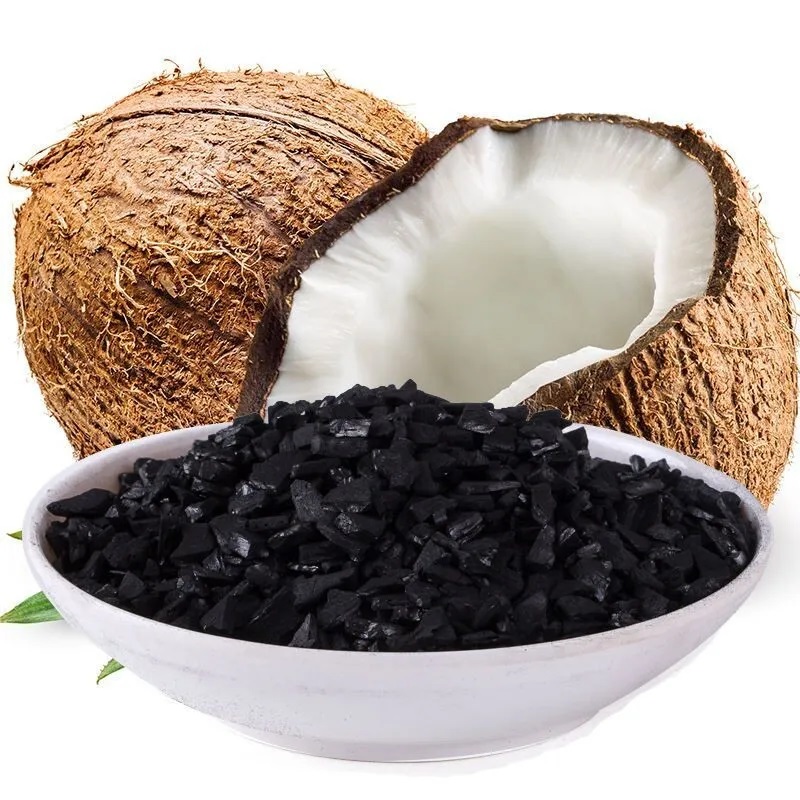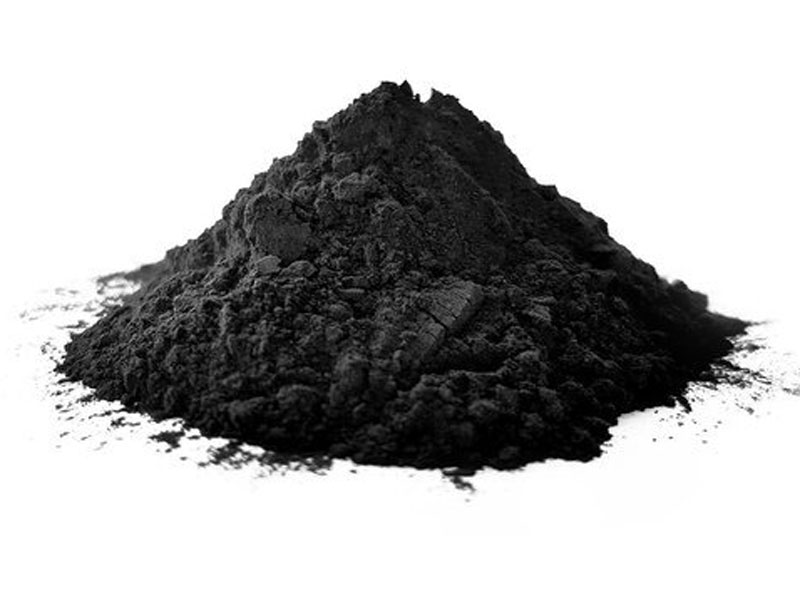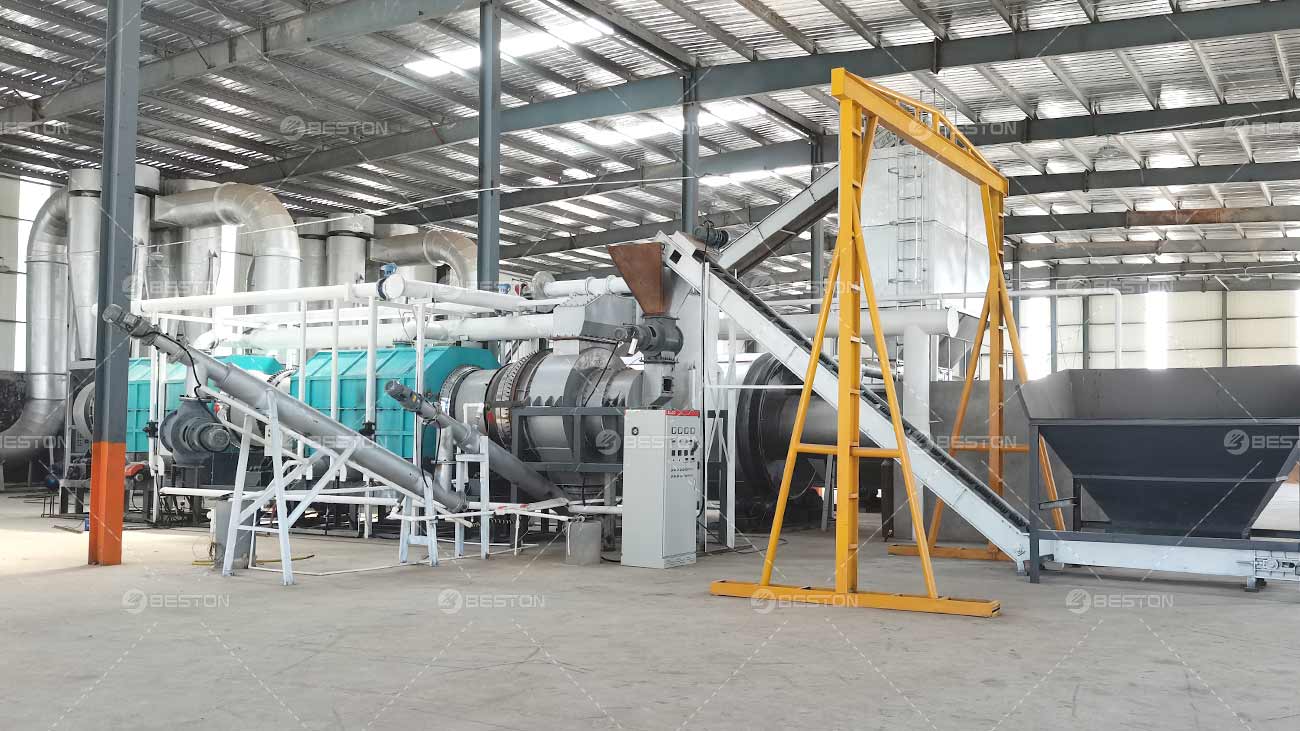Biomass pyrolysis is an innovative technique transforming organic materials into valuable products like biochar, bio-oil, and syngas. This process holds immense potential for sustainable energy production and carbon sequestration. However, the efficiency and yield of a biomass pyrolysis plant are highly contingent on the careful selection of feedstock and meticulous control of process parameters.
Feedstock Selection
The choice of feedstock is the cornerstone of an efficient biomass pyrolysis plant. Diverse biomass sources, such as agricultural residues, forestry waste, and dedicated energy crops, present varying characteristics that significantly impact the pyrolysis outcomes.
Agricultural Residues
Agricultural residues, including rice husks, corn stover, and wheat straw, are abundant and often underutilized. These materials generally have high cellulose and hemicellulose content, which are conducive to producing bio-oil. However, their high ash content can pose challenges, such as catalyst deactivation and fouling of equipment in a biomass pyrolysis plant. Pretreatment methods like washing or torrefaction can mitigate these issues, enhancing the efficiency and longevity of the plant. Welcome visit: https://ru.bestonpyrolysisplant.com/biomass-pyrolysis-plant/
Forestry Waste
Forestry residues, such as wood chips, sawdust, and bark, are another viable feedstock option. These materials typically contain lower ash content and higher lignin levels, which favor the production of biochar. The homogeneity of forestry waste ensures a more consistent feedstock supply, crucial for stable operation and output quality in a biomass pyrolysis plant.

Dedicated Energy Crops
Dedicated energy crops, like switchgrass and miscanthus, are cultivated specifically for bioenergy production. These crops are bred for high yield and low input requirements, making them an attractive feedstock. Their consistent composition and low moisture content reduce preprocessing needs, streamlining the pyrolysis process. However, the economic and environmental costs of growing these crops, including land use and water consumption, must be carefully balanced.
Process Parameters
Optimizing the process parameters in a biomass pyrolysis plant, such as wood pyrolysis plant, is essential to maximize the yield and quality of the desired products. Key parameters include temperature, heating rate, residence time, and the presence of catalysts.
Temperature
The pyrolysis temperature profoundly influences the distribution of pyrolysis products. Low-temperature pyrolysis (300-500°C) tends to produce more biochar, while high-temperature pyrolysis (500-700°C) favors the formation of bio-oil and syngas. Each temperature range yields distinct products with specific applications, necessitating precise temperature control based on the desired output of the biomass pyrolysis plant.
Heating Rate
The heating rate determines the thermal decomposition of biomass and the resultant product spectrum. Slow pyrolysis, characterized by low heating rates (0.1-1°C/s), enhances biochar production due to prolonged thermal exposure. Conversely, fast pyrolysis, with high heating rates (10-200°C/s), maximizes bio-oil yield by rapidly decomposing biomass. Balancing the heating rate is crucial for optimizing the efficiency and output of a biomass pyrolysis plant.
Residence Time
Residence time, or the duration biomass remains in the pyrolysis reactor, also affects product distribution. Longer residence times generally increase biochar yields, as the biomass undergoes more extensive carbonization. Shorter residence times favor bio-oil production by minimizing secondary reactions that can degrade volatile compounds. Fine-tuning residence time is essential for achieving the desired product balance in a biomass pyrolysis plant.
Catalysts
The use of catalysts in a biomass pyrolysis plant can significantly enhance the process efficiency and product quality. Catalysts such as zeolites, metal oxides, and activated carbon can promote specific reactions, increasing bio-oil yield and improving its composition. Catalytic pyrolysis also aids in reducing the formation of unwanted by-products like tar. However, catalyst selection and regeneration are critical to maintaining cost-effectiveness and operational stability.

Integrating Feedstock and Process Optimization
The synergistic integration of feedstock selection and process parameter optimization is pivotal for maximizing the performance of a biochar making machine. Each feedstock type interacts uniquely with process parameters, necessitating tailored approaches for different biomass sources.
For instance, agricultural residues with high ash content benefit from pretreatment and lower pyrolysis temperatures to reduce fouling and enhance biochar quality. In contrast, forestry waste with lower ash content can be efficiently processed at higher temperatures to maximize bio-oil yield.
Dedicated energy crops, with their consistent composition, allow for more predictable optimization of process parameters. Fast pyrolysis with high heating rates and moderate temperatures can effectively convert these crops into high-quality bio-oil, making the most of their inherent properties.
Future Perspectives
The future of biomass pyrolysis plants lies in continuous innovation and refinement. Advanced reactor designs, such as fluidized bed reactors and microwave-assisted pyrolysis, offer improved heat transfer and process control, enhancing product yields and process efficiency. Integrating machine learning and artificial intelligence can further optimize process parameters in real-time, adapting to feedstock variations and operational conditions.
Additionally, the development of multi-feedstock pyrolysis systems can enable the co-processing of diverse biomass sources, enhancing feedstock flexibility and resilience. By leveraging the unique properties of different biomasses, these systems can optimize product yields and quality, ensuring the sustainable operation of biomass pyrolysis plants.

Conclusion
Optimizing a biomass pyrolysis plant requires a nuanced understanding of feedstock characteristics and process parameters. The selection of appropriate biomass sources, coupled with precise control of temperature, heating rate, residence time, and catalysts, is crucial for maximizing the efficiency and output of the plant. As technology advances and our understanding of pyrolysis deepens, the potential for sustainable and efficient bioenergy production through optimized biomass pyrolysis continues to grow, promising a greener and more sustainable future. Explore deeper with Beston Group. https://ru.bestonpyrolysisplant.com/about-us/